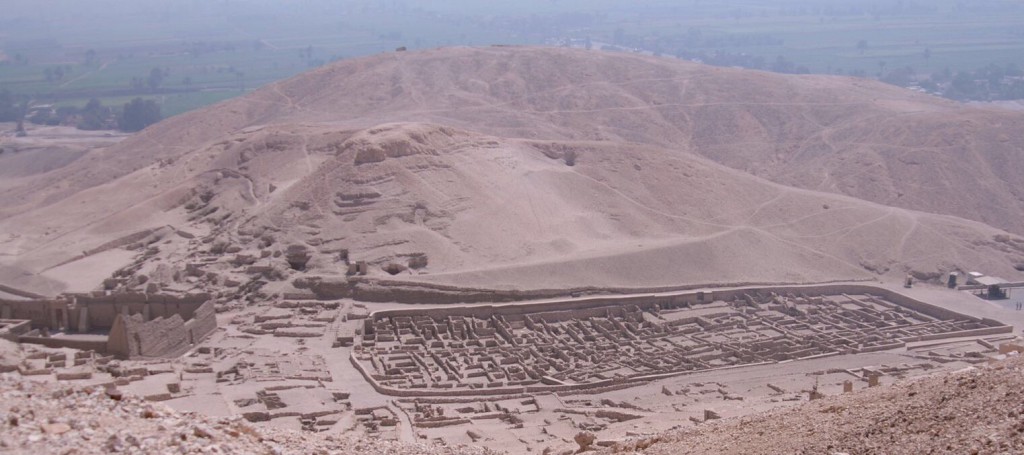During the New Kingdom, the workers who built the tombs in the Valley of the Kings lived in a village near the area, today known as Deir el-Medina.
During their excavations at the site in 1916-17, the Peabody-Emersons make some remarkable finds, as chronicled in “The Golden One”. Examing the ostrica and papyri found there, philologist Dr. Walter ”Ramses” Emerson, comes to believe they support the theory previously advanced by the American James Breasted that the Egyptians were developing a feeling of ”personal piety” at this time in the New Kingdom.
In the real world, this is the same year that Battiscombe Gunn published an article in the “Journal of Egyptian Archaeology” further developing this theory, and one of the key finds supporting this from Deir el-Medina was the earliest known papyrus of the Book of the Dead, containing the “Negative Confession”, a spell the deceased should utter when confronted with the judges of the afterlife, denying any wrong-doing.
This is a section of the Book of the Dead from the tomb of the architect Kha, from Deir el-Medina, showing the weighing of the heart ceremony when the deceased is judged.
Object name: Book of the Dead of Kha
Material: Papyrus
Measurements: 40 cm wide x 1380 cm (unrolled)
Provenance: TT8, the tomb of Kha and Merit in Deir el-Medina
Date: 1906
Additional description: Note: in describing TT8, Porter and Moss do not mention the finding of the Book of the Dead.
Current location with inventory numbers: Egyptian Museum of Turin, Suppl. 8438
Acquisition history: Found by Schiaparelli in 1906 in Deir el-Media in TT8, the tomb of Kha and Merit. Sent to the Egyptian Museum of Turin.
Bibliography: ScHIAPARELLI, Relazione, ii, pp. 1-18o, with plan and section, fig. 6; BRUYERE, Rapport (I923-I924), pp. 53-6, with plan and section, on pl. xiv, cf. pis. i, ii.
From the Theban Mapping Project about TT8:
(H’j, Khai) XVIIIth Dynasty, [reign of Amenhotep III (Kampp)]; Dayr al Madinah; Map VII, E-3, d, 6.
Bruyère, Bernard. Rapport sur les fouilles de Deir el-Medineh (= FIFAO, 1923-1924). Cairo: 1924. Pp. 53-56.
Bruyère, Bernard. Rapport sur les fouilles de Deir el-Medineh (= FIFAO, 1924-1925). Cairo: 1925. Pp. 50-51, 194.
Bruyère, Bernard. La chapelle de Khâ (= MIFAO, 73). Cairo, 1939.
Forbes, Dennis C. Tombs, Treasures, Mummies: Seven Great Discoveries of Egyptian Archaeology. Sebastopol, CA: KMT, 1998.
Kampp, Friederike. Die thebanische Nekropole. Zum Wandel des Grabgedankens von der XVIII. bis zur XX. Dynastie (= Theben, 13). 2 vols. Mainz am Rhein: Verlag Philipp von Zabern, 1996. Pp. 188-190, figs. 90-92.
Porter, Bertha and Rosalind Moss. Topographical Bibliography of Ancient Egyptian Hieroglyphic Text, Reliefs, and Paintings. I, 1. The Theban Necropolis: Private Tombs. Oxford: Clarendon Press, 1960. Pp. 16-18.
Schiaparelli, Ernesto. La tomba intatta dell’architeto Cha. In: Relazione sui lavori della miassione archeologica Italiano in Egitto (Anno 1902-1920), 2. Turin, 1927.
Vandier d’Abbadie, Jeanne. Deux tombes de Deir el-Medineh (= MIFAO, 73). Cairo, 1939. Pp. 1-18.

